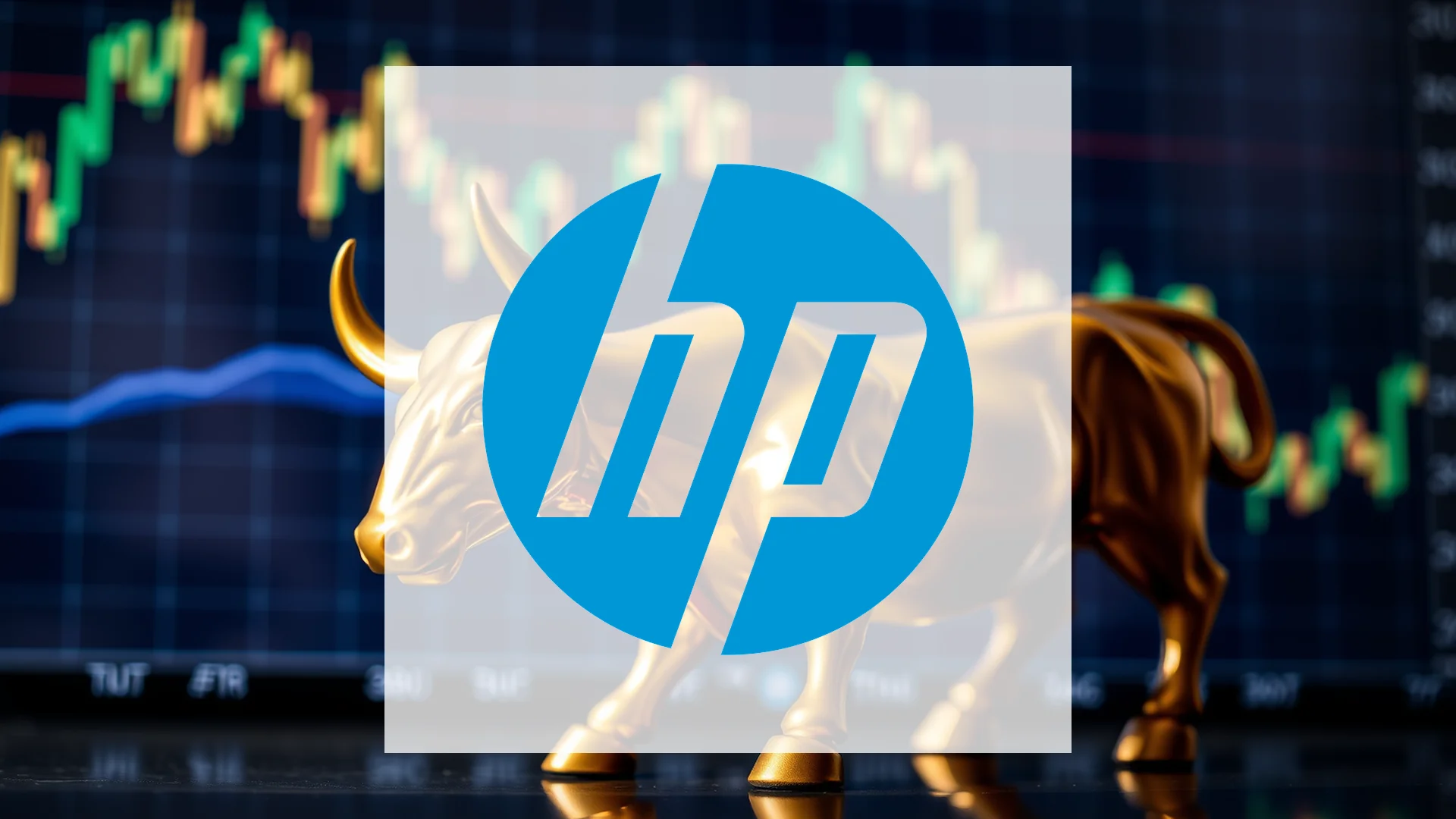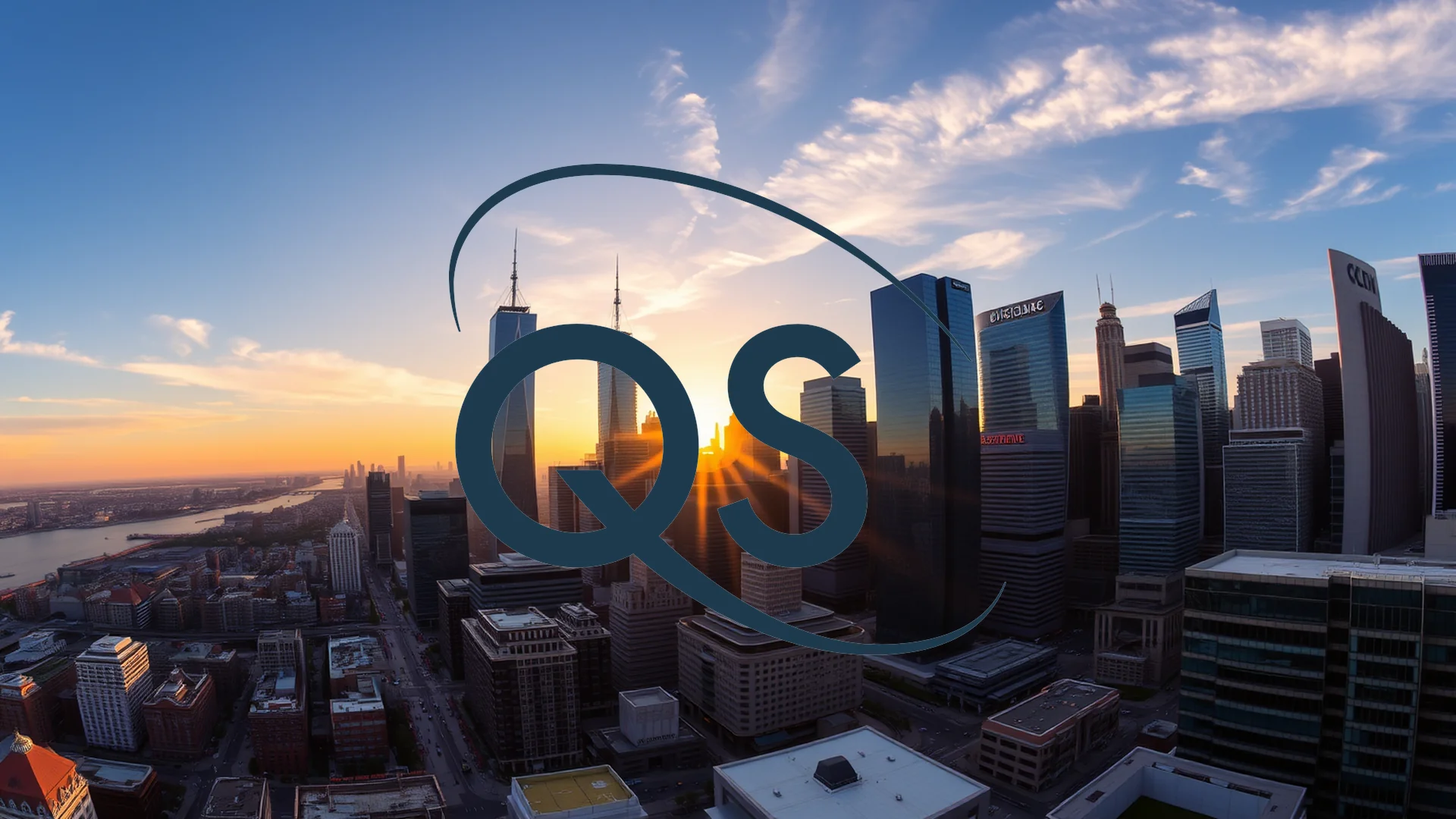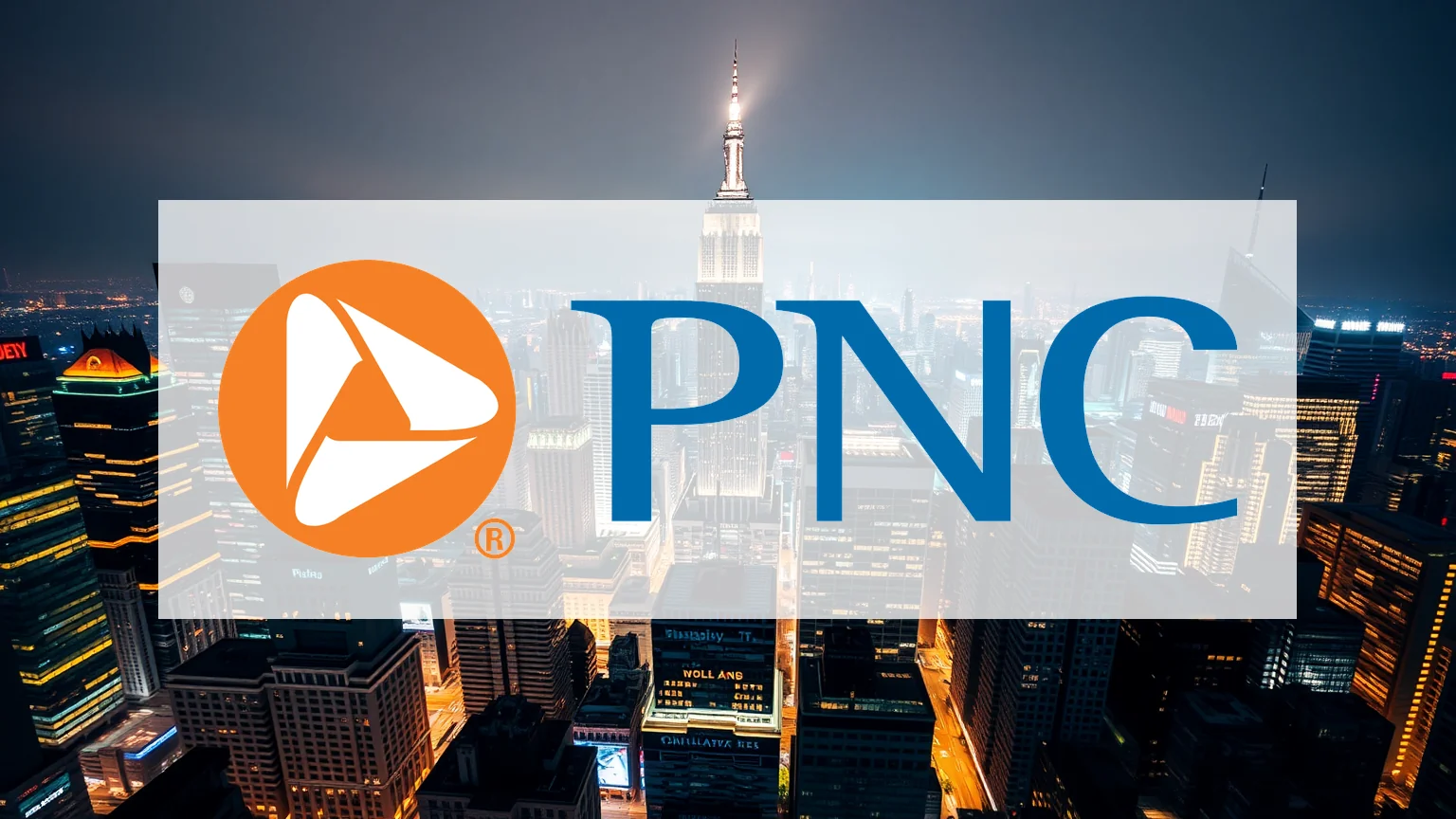The technology giant HP finds itself at a pivotal juncture, with conflicting signals emerging from major market participants. As the company navigates the intensely competitive PC and printer sectors, its stock presents a complex picture marked by significant insider selling, a key leadership transition, and divided sentiment among professional investors.
Leadership Shake-Up in Core Business
A substantial change in executive leadership has introduced a new variable into HP’s operational outlook. Effective November 1st, Ketan Patel assumed leadership of the critical Personal Systems Division, taking over from Alex Cho, who departed the organization after a tenure exceeding three decades. This transition occurs during a delicate period for the company, with this particular division serving as HP’s primary revenue generator. The management shift raises questions about whether fresh leadership will inject renewed momentum into the core business operations.
Divergent Moves Among Major Shareholders
Institutional investment patterns reveal a fragmented outlook on HP’s prospects. While these professional investors collectively maintain a substantial 77.53% stake in the company, their recent activity shows no consensus direction. Envestnet Asset Management notably decreased its position by 13.5% during the second quarter. Conversely, Arkadios Wealth Advisors expanded its holdings significantly, increasing its stake by 31.2%. Meanwhile, AlphaStar Capital Management established an entirely new position in the company during the same period, demonstrating that some institutional players see potential where others are reducing exposure.
Should investors sell immediately? Or is it worth buying HP?
Concerning Insider Trading Activity
Perhaps the most alarming development for market observers involves the trading behavior of corporate insiders. CEO Enrique Lores executed transactions in September that reduced his holdings by a dramatic 99.99%, effectively liquidating nearly his entire position. This move was mirrored by Anneliese Olson, who divested 99.08% of her shares. These substantial sales have driven the total insider ownership percentage down to a minimal 0.38%, creating uncertainty about the confidence level among those with the most intimate knowledge of company operations.
Wall Street Maintains Cautious Stance
Market analysts continue to express reservations about HP’s near-term trajectory. The predominant recommendation among research firms remains “Hold,” accompanied by an average price target of $28.71. Individual analyst adjustments reflect this uncertainty: UBS Group raised its price objective from $26 to $29, while Barclays reduced its target from $28 to $27. Currently, only two market experts advocate purchasing the stock, indicating widespread caution within the financial community regarding HP’s performance outlook.
Recent quarterly results presented a mixed financial landscape. The company recorded a modest revenue increase of 3.1%, yet this was overshadowed by concerning profitability metrics, including a negative return on equity of 262.03% and a slim net margin of just 4.83%. These figures underscore the operational challenges HP faces as it attempts to stabilize its business model. The central question remains whether the new leadership can steer the company toward sustainable growth or if further volatility lies ahead for the technology firm.
Ad
HP Stock: Buy or Sell?! New HP Analysis from December 21 delivers the answer:
The latest HP figures speak for themselves: Urgent action needed for HP investors. Is it worth buying or should you sell? Find out what to do now in the current free analysis from December 21.
HP: Buy or sell? Read more here...










